Optimal Timing for Concrete Installation
Concrete installation timing is crucial for ensuring durability and quality. Optimal conditions depend on weather, temperature, and humidity levels, which influence the curing process and final strength of the concrete.
Concrete performs best when temperatures are between 50°F and 85°F. Outside this range, curing times can be affected, potentially leading to weaker structures.
Spring and fall are typically preferred seasons for concrete work due to moderate temperatures and lower precipitation levels.
Heavy rain, freezing temperatures, and extreme heat can compromise concrete quality. Planning around weather forecasts is essential.
High humidity can slow the curing process, while low humidity may cause rapid drying and cracking. Proper curing methods mitigate these effects.
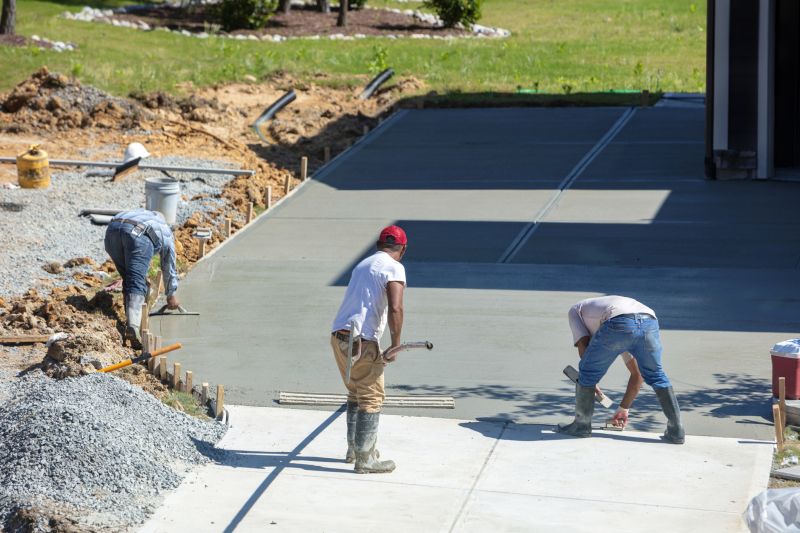
A crew working on a driveway during favorable weather conditions.
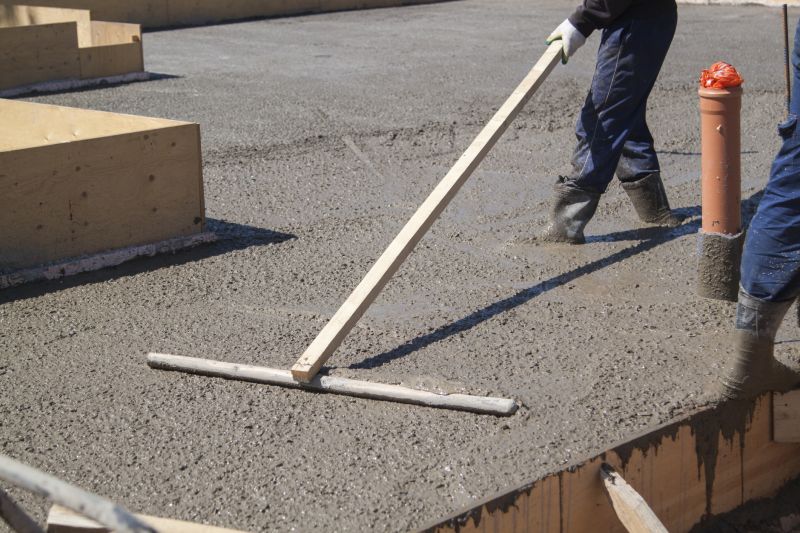
Concrete being poured in spring with mild temperatures and clear skies.
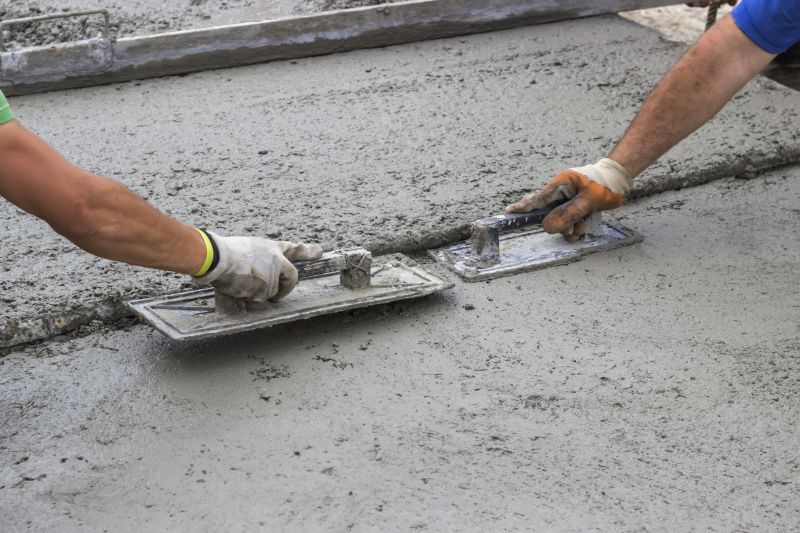
Concrete curing process during warm summer days with appropriate shading.
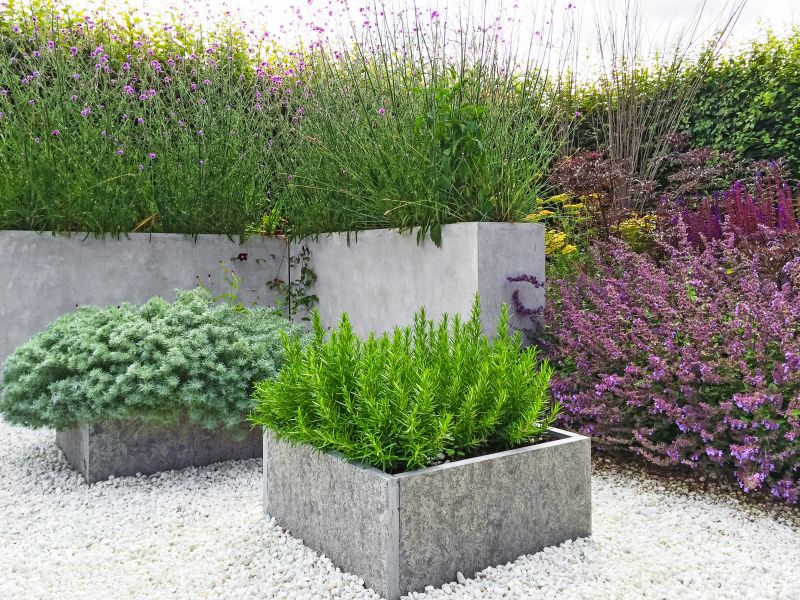
Ways to make Concrete Installations work in tight or awkward layouts.
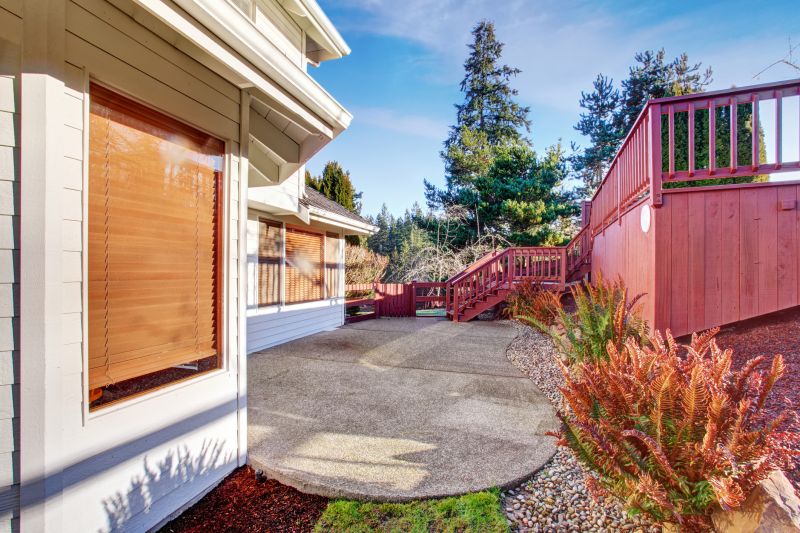
Popular materials for Concrete Installations and why they hold up over time.

Simple add-ons that improve Concrete Installations without blowing the budget.
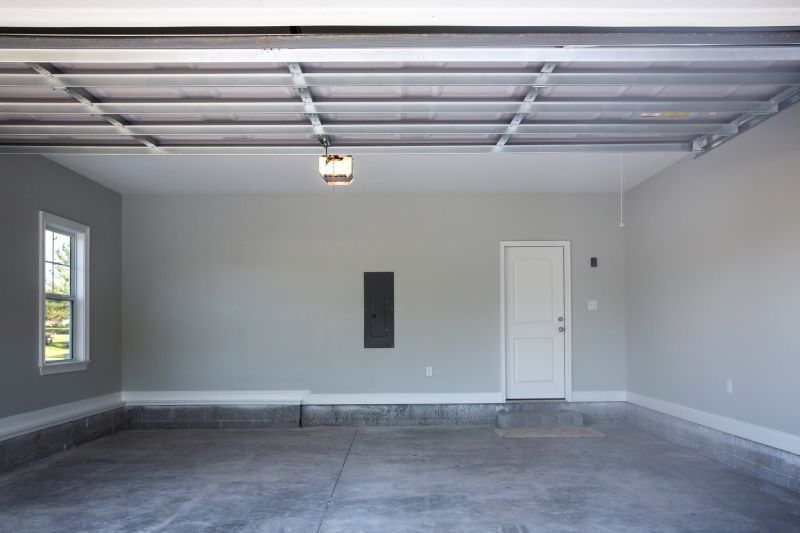
High-end options that actually feel worth it for Concrete Installations.
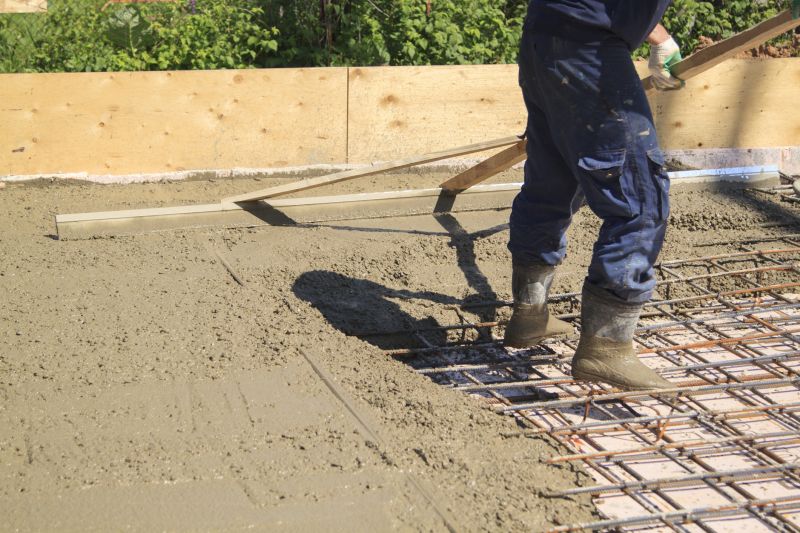
Finishes and colors that play nicely with Concrete Installations.
| Season | Advantages |
|---|---|
| Spring | Moderate temperatures and lower precipitation levels. |
| Summer | Longer daylight hours and warm weather, suitable for rapid curing. |
| Fall | Cooler temperatures with less rain, ideal for scheduling. |
| Winter | Generally not recommended due to freezing temperatures and snow. |
| Late Fall | Preparation for winter with proper planning can be effective. |
Concrete installations require careful planning to match weather conditions with the project timeline. Proper scheduling results in higher-quality outcomes and minimizes the risk of cracks, delays, or structural issues. Understanding seasonal patterns and weather impacts can help ensure the longevity and durability of concrete structures.
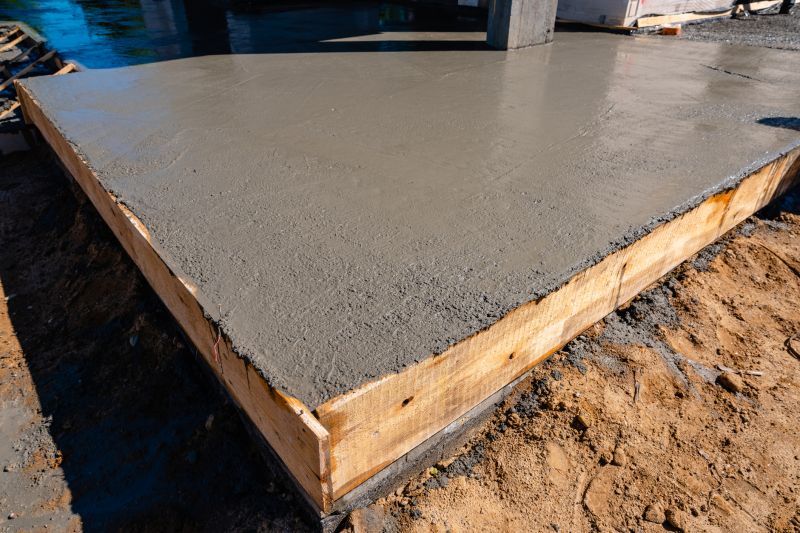
A freshly poured concrete slab during optimal weather.
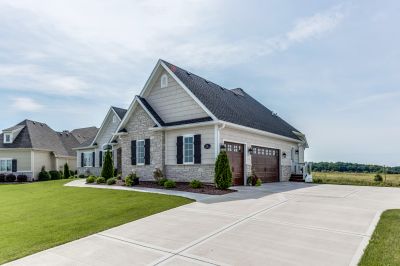
A driveway installation in spring with mild conditions.

Concrete being cured with protective coverings in warm weather.

Concrete foundation work during the fall season.
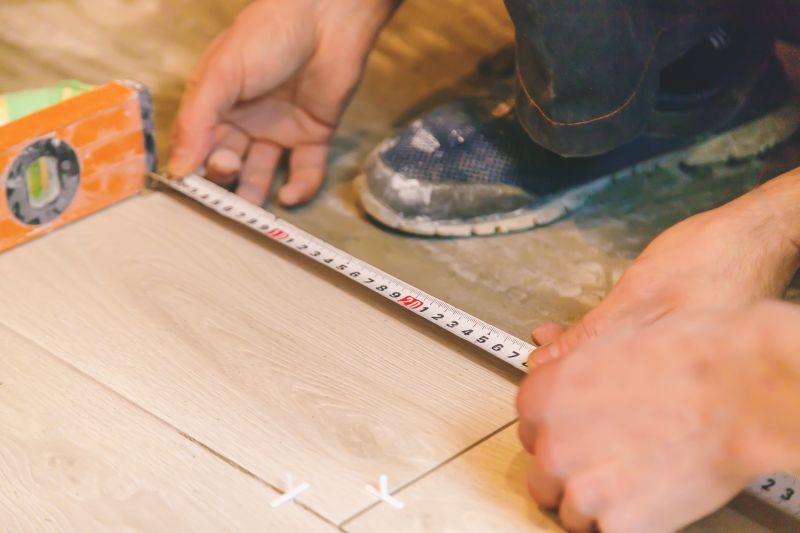
Little measurements that prevent headaches on Concrete Installations day.
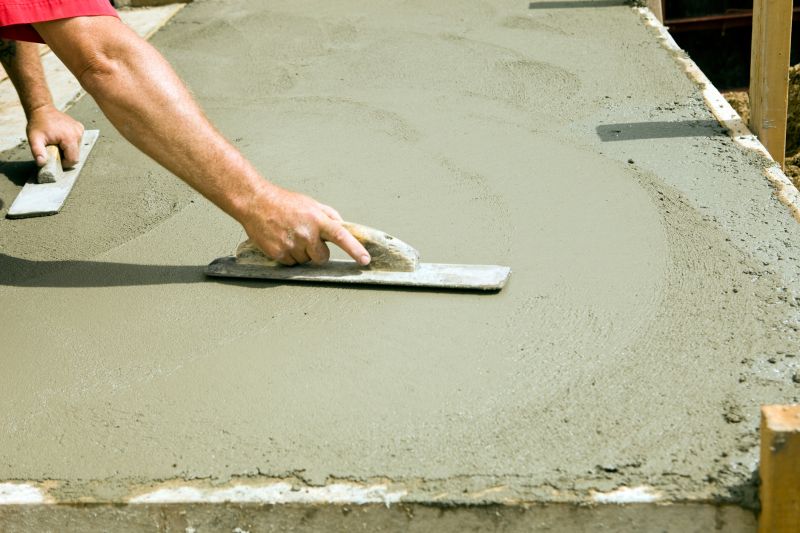
A 60-second routine that keeps Concrete Installations looking new.
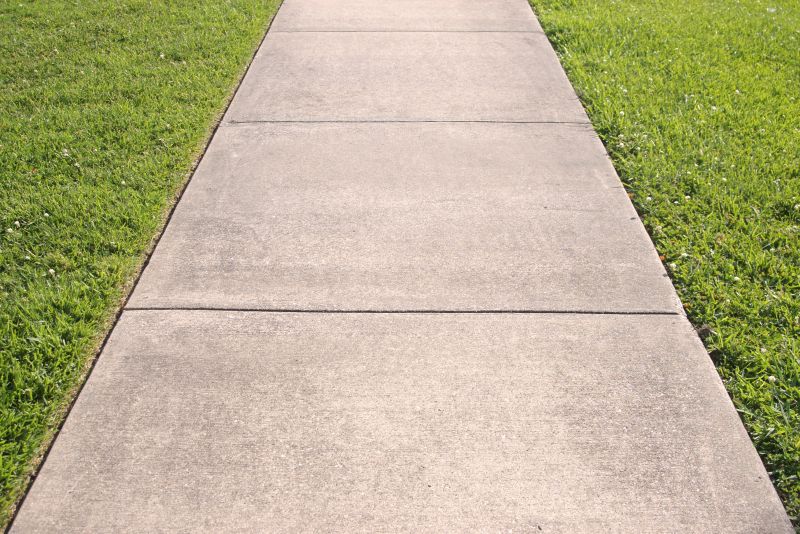
A frequent mistake in Concrete Installations and how to dodge it.
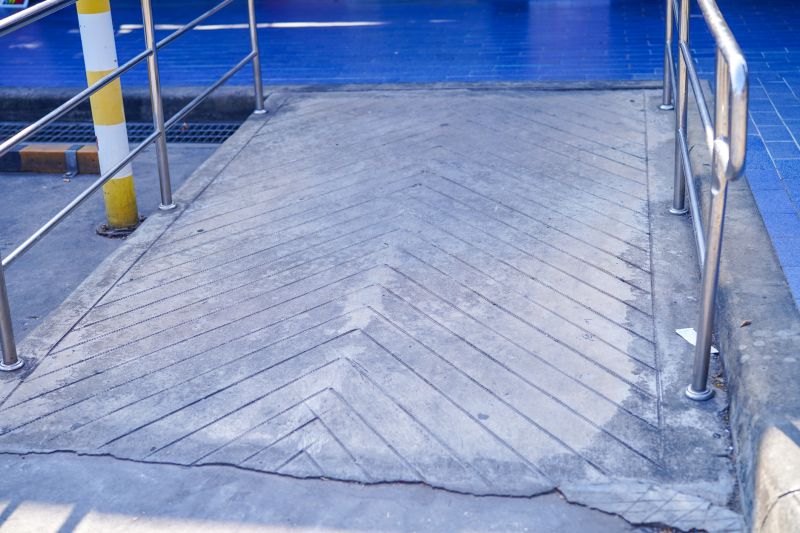
Small tweaks to make Concrete Installations safer and easier to use.
For those considering concrete installations in Pleasanton, scheduling during favorable weather conditions can significantly influence the success of the project. Proper preparation and timing help achieve durable and long-lasting results.
Contact professionals to determine the best timing for concrete projects based on local weather patterns.
Ensure proper site preparation and scheduling to align with optimal weather conditions.
Seek guidance from experienced contractors to plan concrete installations effectively.
Regularly monitor weather forecasts to avoid scheduling during adverse conditions.

